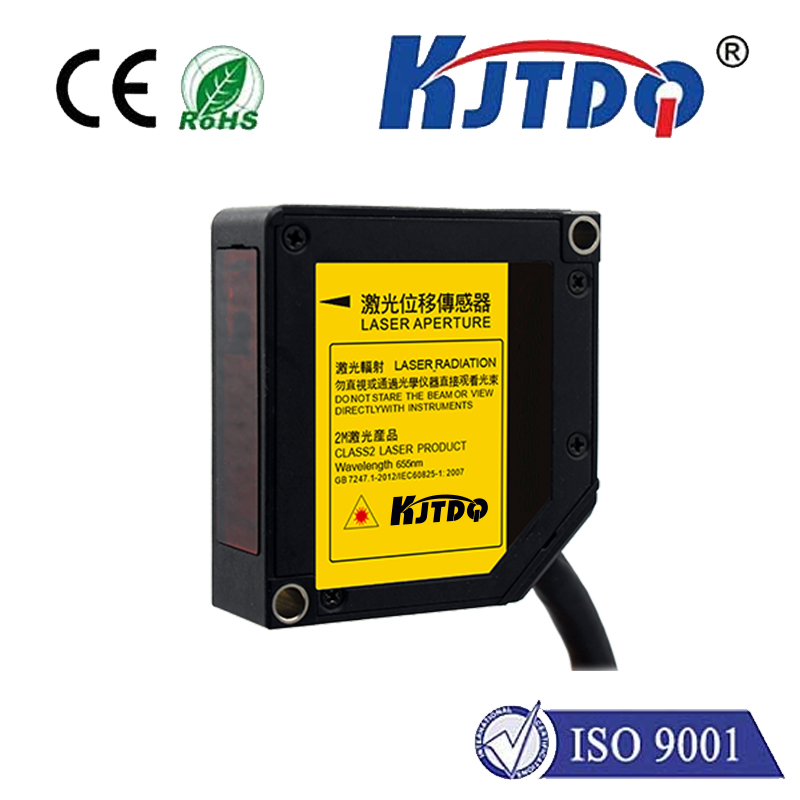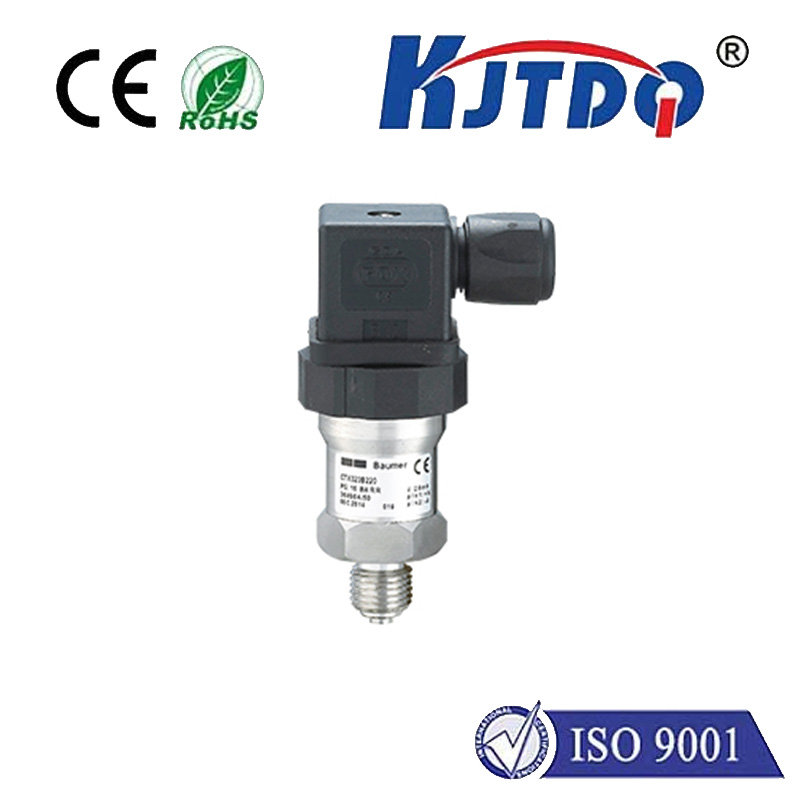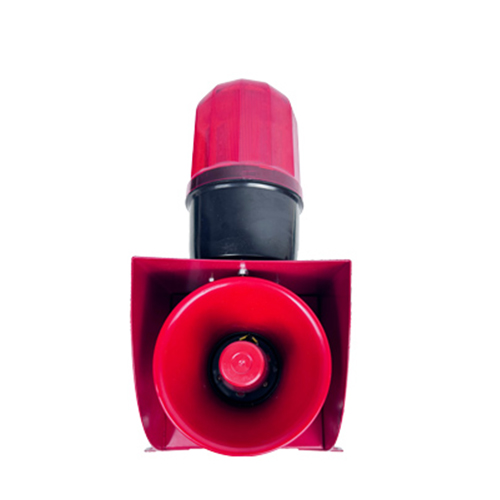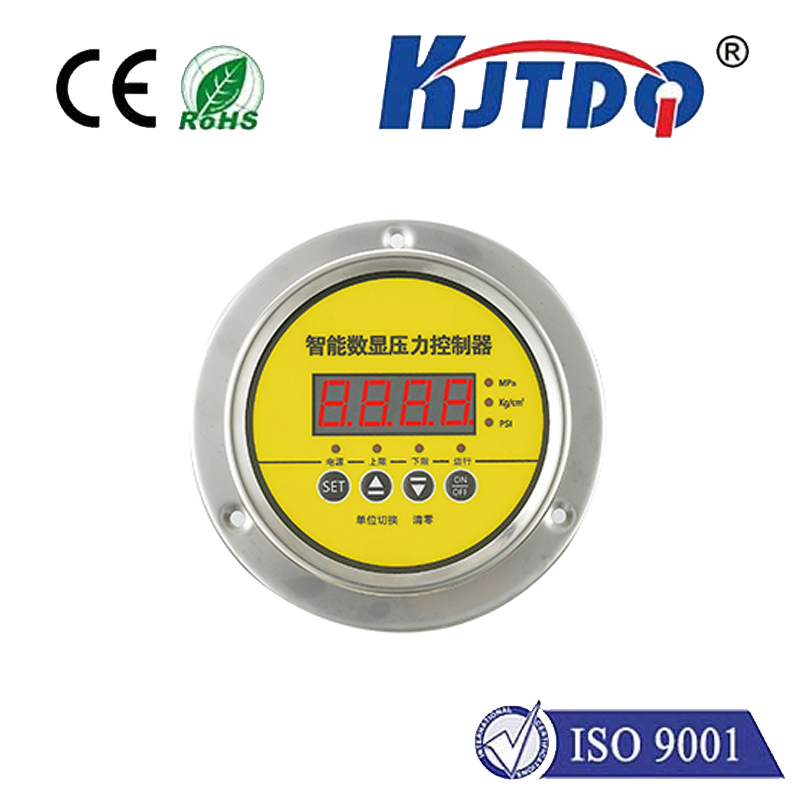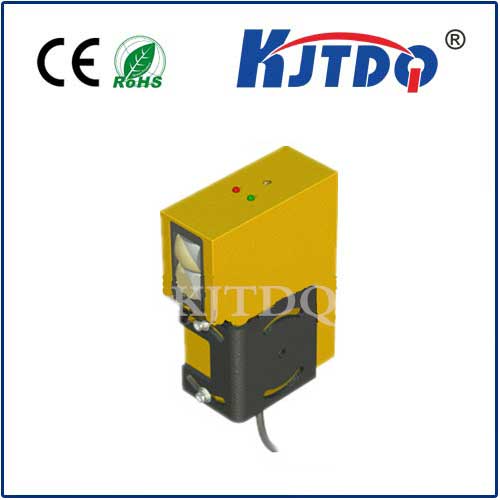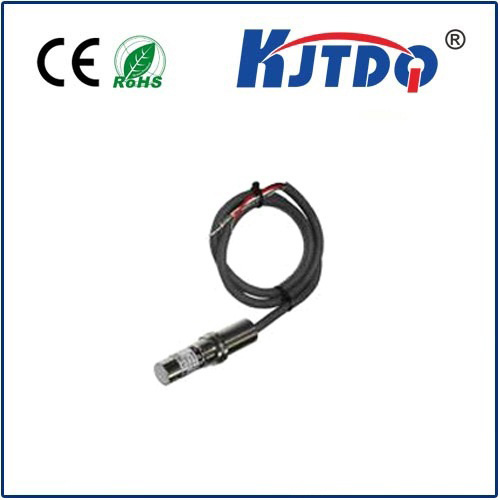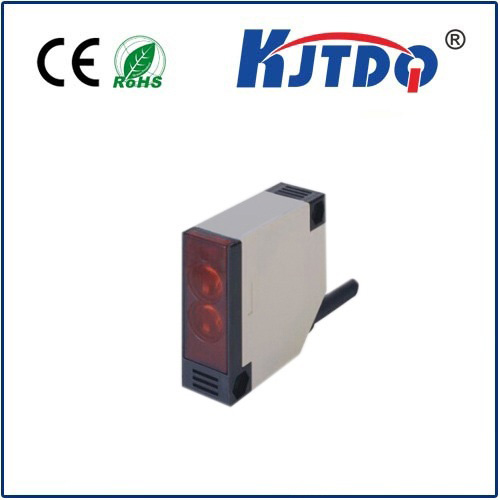mark sensor photoelectric sensor
- time:2025-09-13 01:08:53
- Click:0
The Essential Guide to Photoelectric Mark Sensors: Precision Detection for Automation
Ever marveled at how a production line flawlessly labels products, verifies packaging, or sorts items at lightning speed? Often, this pinpoint accuracy relies on a critical, unsung hero: the photoelectric mark sensor (also frequently called simply a mark sensor). Far more specialized than standard presence detectors, these photoelectric sensors are engineered for one defining purpose – reliably detecting specific contrast marks, registration points, holes, or labels on moving materials. Understanding their function and capabilities is paramount for optimizing countless industrial automation processes demanding high-precision identification.
Beyond Simple Presence: What Makes a Mark Sensor Special?
At their core, mark sensors leverage the fundamental photoelectric sensing principle: emitting a light beam (often visible red, or specialized colors like green or blue) and detecting changes in the received light intensity caused by the target. However, generic photoelectric sensors primarily discern presence or absence of an object. A photoelectric mark sensor takes this several steps further:
- Ultra-High Sensitivity & Resolution: Engineered to detect minute differences in reflectivity or opacity. They excel at picking up subtle greyscale differences, faint printing, small registration holes, or slight color variations that standard sensors would miss entirely.
- Advanced Background Suppression: They possess sophisticated electronics to dynamically “learn” and ignore the background material (like cardboard, plastic, metal, or film). This ability to distinguish the specific mark from the carrier material, regardless of minor background variations or movement, is absolutely critical.
- Precision Timing: They offer extremely fast response times and precisely adjustable detection windows or thresholds. This ensures accurate triggering only when the exact mark passes by, eliminating false triggers from minor defects or material inconsistencies.
- Focus on Contrast: Their core function is detecting change – the edge where a mark begins and ends. This is fundamentally different from just seeing if “something” is there.
Core Technologies: Retro-Reflective vs. Diffused (Proximity)
Most industrial photoelectric mark sensors fall into these primary configurations:

- Retro-Reflective Mark Sensors: These use a specialized reflector opposite the sensor. The sensor emits light, which bounces off the reflector and back unless the mark interrupts the beam. This configuration offers excellent signal stability and long sensing ranges, making it ideal for applications where the sensor and reflector can be mounted on opposite sides of the material path (e.g., detecting opaque marks on transparent film, holes in material).
- Diffused Mark Sensors (Proximity): Here, both the emitter and receiver are in the same housing. The sensor detects light reflected directly off the target material. This style is essential when mounting a reflector is impractical. Advanced diffused mark sensors utilize focused optics and sophisticated background suppression algorithms to reliably detect marks on moving webs or surfaces despite changes in distance or background reflectivity. They are widely used for label detection, print registration, and color mark sensing on continuous materials.
The Power of Color Sensing
A significant subcategory of photoelectric mark sensors are color mark sensors. These go beyond simple contrast detection:
- Chromatic Difference Detection: They differentiate between specific colors or distinct shades, not just light/dark contrast. For instance, triggering only on a blue registration mark on a white background, or ignoring a yellow logo while detecting a red batch code.
- Enhanced Reliability: In applications where background color varies or multiple marks/prints exist, color sensing provides a much higher level of discrimination and reliability compared to a standard contrast sensor that might trigger on any dark spot.
- Broad Applications: Essential for verifying colored labels, detecting color-coded features, ensuring correct packaging variants, and any task requiring identification based on specific hues.
Key Features for Functional Integration
Modern photoelectric mark sensors boast features designed for seamless integration and robust performance:
- Teach Functionality: Simplifies setup – operators simply present the mark and the background to the sensor, which automatically learns the optimal detection parameters.
- Sensitivity Adjustment: Allows fine-tuning the detection threshold to handle challenging materials or faint marks.
- High-Speed Response: Short response times (often microseconds) ensure accuracy even on high-speed lines.
- Robust Housing: Designed to withstand industrial environments (dust, moisture, vibration).
- Multiple Output Options: NPN, PNP, or relay outputs compatible with PLCs and controllers.
- Visual Indicators: LEDs for power, output status, and stability assist in setup and troubleshooting.
Where Photoelectric Mark Sensors Make the Difference
The applications for these precision detectors are vast across manufacturing, packaging, printing, and material handling:
- Labeling & Packaging: Detecting registration marks for precise label application (cutting/application), verifying label presence, detecting print marks on packaging film, checking for date/lot codes.
- Printing & Converting: Critical for print registration in flexo, offset, and digital presses to ensure color layers align perfectly. Detecting splice tapes on rolls of material. Verifying accurate cutting or perforation points.
- Material Processing: Sensing registration holes or eye marks on film, foil, paper, or nonwovens for precise positioning during slitting, sheeting, or laminating.
- Assembly & Sorting: Verifying the presence or color of components on PCBs or assemblies. Sorting items based on colored marks or labels.
- Pharmaceutical & Medical: Ensuring correct labels on vials, verifying print on blister packs, detecting registration marks on sterile packaging.
- Document Handling: Detecting registration marks for accurate printing, folding, or sorting of documents, checks, or tickets.
Selecting the Right Photoelectric Mark Sensor
Choosing the optimal sensor requires careful consideration:
- Mark & Background Properties: What is the mark made of (ink, hole, tape)? What is the substrate? What is the contrast mechanism (dark/light, specific colors)?
- Material Movement: Speed? Stability? Vibration?
- Required Sensing Distance: How far from the mark can the sensor be mounted? This heavily influences the choice between retro-reflective and diffused types.
- Environmental Factors: Dust, moisture, temperature extremes?
- Required Precision: How small is the mark? How critical is the detection timing?
- Mounting Constraints: Is space limited? Can a reflector be used?
Leveraging Precision for Peak Performance
The photoelectric mark sensor is a fundamental enabler of accuracy, efficiency, and quality control in modern automation. By mastering their specialized capabilities – high sensitivity, background suppression, contrast and color detection, fast response, and robust integration – engineers and technicians can solve complex detection challenges. Whether ensuring labels are perfectly placed, print remains in register, or products are sorted correctly, these sensors provide the reliable, high-contrast detection that drives seamless, high-speed, and error-free operations. Understanding their principles and applications is key to unlocking their full potential in any industrial setting demanding precision mark recognition.






